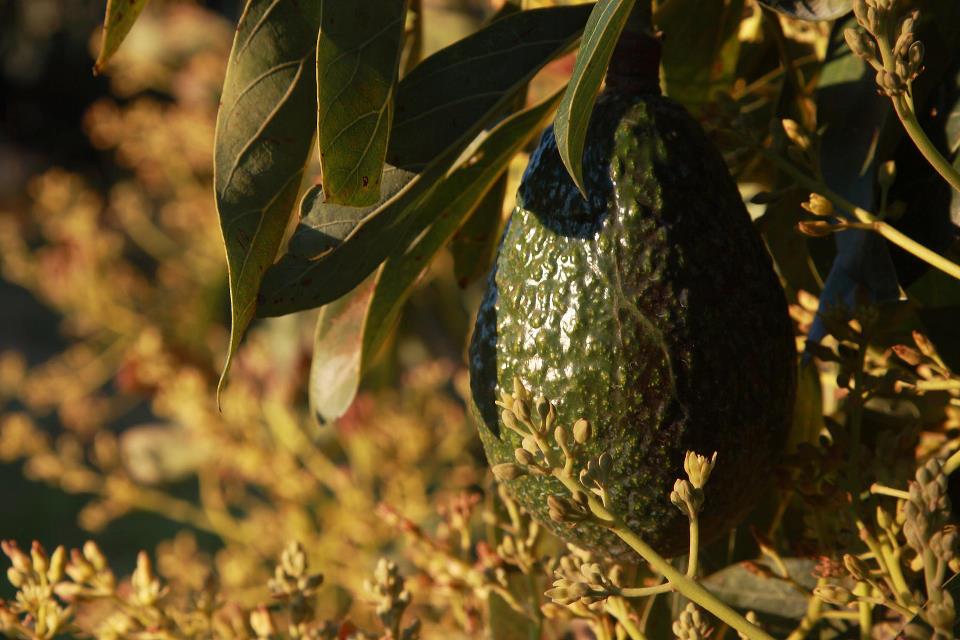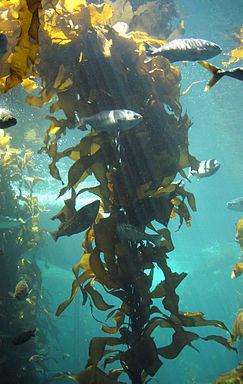
How the Avocado Made Itself at Home
Initially all plants began as water dwellers. To adapt to life on land, plants had to overcome various obstacles that may have seemed daunting at the time.
To move to land, plants had to initialize a way to receive water, a way to retain that water, and also a way to transport the water to other parts in the same plant. Plants adapted to this by producing vascular tissue. The production of the xylem allowed for reception and transportation of water. The xylem is located in the innermost portions of the plant, and is constantly pulling water up through the stem to the leaves of the plant where the water is transpired. They also developed a waxy cuticle to retain water and prevent desiccation. Another element in the evolution of transport was the formation of a phloem to transport nutrients throughout the plant. The phloem is located on the outer edge of the avocado tree, underneath the bark, and is constantly moving nutrients from the source, usually the soil or the leaves, to the sinks, usually developing avocado fruits.
Plants also had to develop a means of support in the transition from water to land. There are many components of support in avocados. The largest and most obvious is the presence of all of the cell walls each contributing to the structure. The xylem and phloem are structural aids to the plant. Also parenchyma, collenchyma and sclerenchyma cells are vital in support. All of the cells in the entire avocado tree began as parenchyma cells before they differentiated into the cells needed for the specific tasks they took on. Collenchyma cells are useful in support in young parts of the plant that are growing quickly. Sclerenchyma cells are separated into sclerids and fibers, sclerids are found in the phloem of the plant, fibers are found in both the xylem and the phloem.
Another obstacle in the transition is the adaptation of guarding
themselves from the harsh UV light in the rays of the sun. The
orientation of the leaves help to shade the trees.
 Avocado
trees love direct sunlight, and must make necessary structural
changes to adapt to that direct sunlight. The leaves at the top of
the avocado tree are oriented parallel to the suns rays, whereas the
leaves on the lower branches are perpendicular to the suns
rays.
Avocado
trees love direct sunlight, and must make necessary structural
changes to adapt to that direct sunlight. The leaves at the top of
the avocado tree are oriented parallel to the suns rays, whereas the
leaves on the lower branches are perpendicular to the suns
rays.
The biggest obstacle to overcome in the transition to land was the means of reproduction. Formerly, the water dwelling plants reproduced by water borne spores, in the transition to land this was not possible. The phylum anthophyta, in which the avocado belongs, adapted to this by producing spores enclosed in a seed shell as well as a pollen tube that allows the sperm to be carried to the egg, once the pollen has been transmitted by it's insect vector. The ovule develops into the seed which contains endosperm that provides nutrients for the embryo.
Next move on to nutrition to see the many benefits of eating avocados and also how avocados receive their nutrients or head to the home page to start from scratch.
